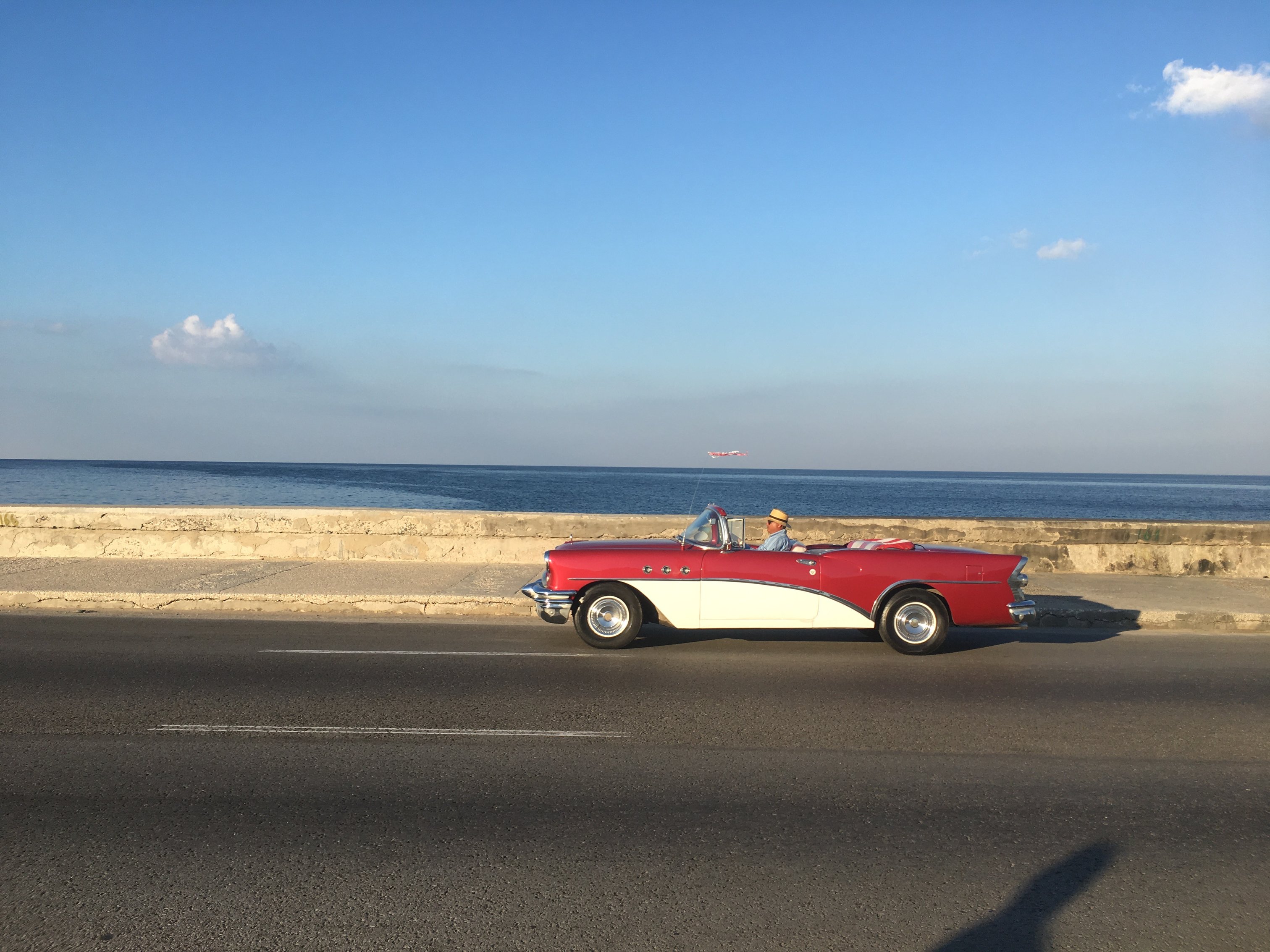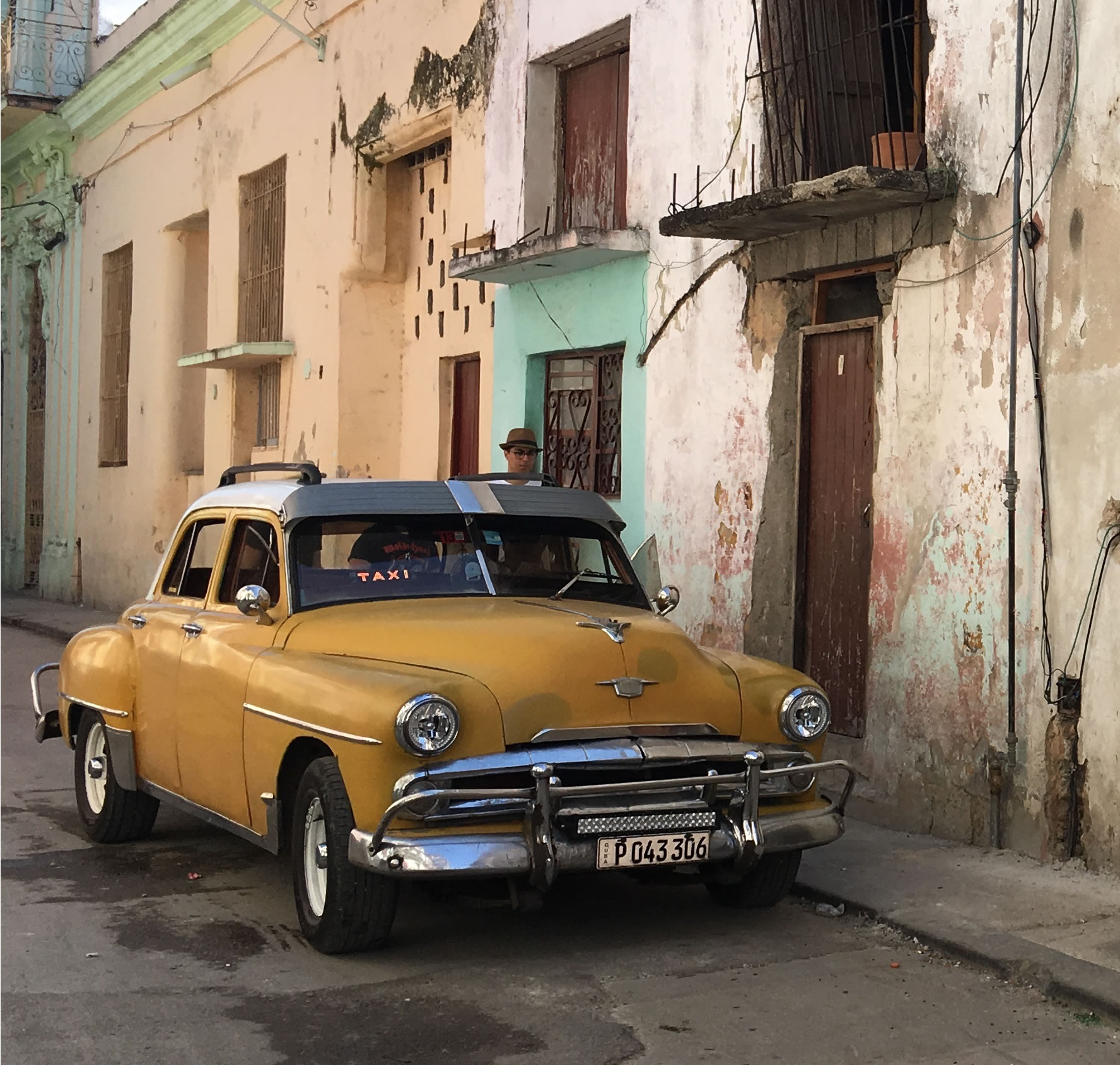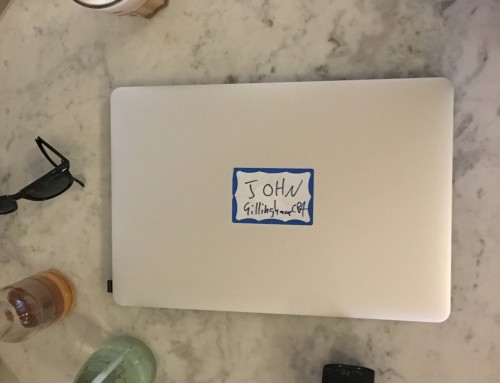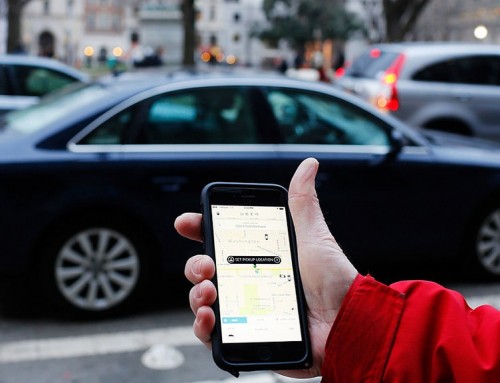Part of the Cuba Communist Accounting Series:
I Cuba Communist Economy Today
II Particular Accounting – Hot Convertibles, Top Professions, and Trickle-Around Economics
III Taxing Casa Particulares and Cubans
IV Cuba Prices from Housing to Bread to Ration Books
V Traveler Memoirs of Econ-o-Caphony, Anachronism, and What’s Good is Bad
The Richest Men in Havana
Disparity is coming, but not here, yet…
Particular Disparity
Rationing
“Trickle-around” Economics
Intro
Cuba is rapidly adopting capitalistic practices by allowing semi-private “particular” businesses to function alongside the traditionally fully owned and government run establishments. “Particular” or plural, “pariculares” are semi-private Cuban businesses which are government authorized. There are various rules, permitting, and taxes that come with the right to operate. Casa particulares are private homes that are rented to tourists for short stays. Often breakfast is provided and guests may share a bathroom and living room with the local family. This is affordable for western standards and provides an intimate look into daily Cuban life.
Economic reforms were first inspired by the Soviet Union collapse and the food shortages that followed. The Russians largely supported the Cuban people in the form of food and fuel subsidies as a part of communist solidarity, designed to keep a more than leftist foothold in the region. The period following ushered in a period of full state owned economic control, led by Senor Fidel Castro. This “Special Period” named by Fidel and contemporaries, created massive resource scarcity. Fidel instituted state-wide economic control and ration books. During the economic downturn in Cuba, American’s enjoyed an unprecedented post-World War II boom. Ration lines, societal-wide weight loss (in a bad way), and unemployment are well documented on the Cuban island, less than one hundred miles from Key West Florida. During this period and still remaining today, is a trade embargo largely preventing US goods from being exported to Cuba. But today, following the passing of power to Raúl Castro, things are rapidly changing.
The Richest Men in Habana
The richest men in Habana (Havana) likely drive massive 1950s convertibles along the Esplanade, the mid-century constructed ocean front cement semi-dilapidated - poetically rough, yet sexy – sea wall… Their convertibles are filled with tourists pointing Go-Pro selfie sticks in every direction, paying top dollar. These drivers likely have a daily take of $100-$250, while the monthly salary for a DOCTOR may be $40. The incentives to work in the semi-private economy versus the government are massively disparate. So anything “particular” or a semi-private government authorized businesses, is likely to pay much, much more than state owned enterprises.
I have difficulty believing that medical workers make $1 a day, but that is how it is. Food and services are heavily subsidized and surely large amounts of American infusions of expatriate Cuban capital keeps things afloat. No one really knows the numbers. Finally, while heavily disguised, there must be a massive trade of illegal consumer goods, currency exchange, and whatever illegal drug market may exist, although reportedly small and not apparent.
Below are top professions and estimated multiplier relating the pay to a baseline monthly Cuban salary, pegged at $30 a month. Not included are potential outliers that include illegal activity at large scale such as voluntary human trafficking, prostitution, corruption, etc… Included are potentially illegal activities such as small consumer goods re-sellers, unauthorized construction workers, and repair people.

*The Top 10 Cuban Professions – Monthly Earnings (profit) and as compared “X” to the average
*These are extraordinarily estimated statistics, produced by a smattering of broken conversations, however, I do believe the information to be statistically significant based on my conversations January 2017.
**Certainly a large amount of wealth is being imported from abroad in terms of hard currency and hard to come by consumer goods.
Extra disparity is coming, but not here, yet…
Most people don’t have any money, in the world, and especially on our beloved island. Most Cubans live with a mix of family help, government rations, and some family wage earners (IMHO). Despite the surface-level poverty signs of daily same-jeans and alluring, yet, repeated, yet, revealing outfits.... There is wealth visibly building. There are thousands of casa particulares which are noticeably improved from other non-particular surroundings. Difficult to know, but perceptible, are standards of living between the city and the countryside. The countryside of Valle De Viñalles is a booming two story construction Mecca… finally the local Cubans can afford concrete which had been very difficult to afford or even impossible to buy at different points in time. Concrete, per locals, might be double or triple the cost of American “Home Depot Prices” purchased with “Third World” purchasing power.
Also the countryside has access to goods which may not be technically subject to government control – such as backyard coffee or coconuts. A small class is rapidly expanding their capital, mostly in the form of new car parts, home improvements, and daily diets. Tourist areas are noticeably packed with similar priced offerings everywhere. Communism, I believe, has slipped into the Cuban blood of collectivization – generally, however one can notice the difference in wealth even between neighbors. Often doors are left wide open and stereos, televisions, and blenders may be visible in one barred window and completely absent from another.
Particular Disparity
On the surface level, businesses such as casa particulares are indeed rather similar and warrant similar pricing. But some are doing two or five times the business as others. This capital injected back into infrastructure is creating an exponential infra-structure disparity in the near term, which will directly correspond to earnings potential. In other words, some businesses are doing really well, pouring the money back into the business, and will eventually have more cash flow in the future. This is all happening in an environment where most are “making about a buck a day” – albeit while having access to government food (not much) and services such as doctors. Government rules and regulations are helping decide who may have earning power, the related accumulated capital (valuable stuff), and the future earning power driven by capital. What doctor would rather practice for $2 a day if she can drive a convertible? The social near and long term impact of such market liberalization is phenomenal.
Rationing
According to a semi-reliable source, and individual monthly Cuban receives the following monthly rations per month:


Certain government posts fulfill food requests from ration books, when rations are available. Most certainly this is also a way to disburse government food aid via foreign nations practically and without the locals fully aware of their food source.
For key ration data, please see Cuba Communist Accounting IV: Pricing
“Trickle-around” Economics
One peso a day, cramped into an apartment with three generations of inhabitants, and sharing rations… is a reality for very many Cubans. To make life work there is a black economy of trade and work such as carpentry. But such work is one to one and does not create economies of scale, especially when raw materials are unaffordable and difficult to find. For example, a construction worker can do a one off repair, but likely cannot organize a twenty person crew very easily or legally. Empirically, I see a culture less of black market tactics, but cooperation and “trickle-around” economics.
Trickle-down economics loosely advocates the concentration of capital in the hands of the few so that it also benefits the masses. For example, a car company needs massive car factories requiring infrastructure to produce cars, perhaps first, for the wealthiest. But then overtime economies of scale kick in making cars cheaper and the rich dude might kick down a car to a less fortunate friend. State-run economies have no equivalent and have one concentration of power, the government, which is fraught with arguably more inefficiency than the private sector. Cuba has some trickle in the form of car drivers (using vastly outdated assets) and new construction via the casa particulares – but this is not what I believe sustains the prior or current economy.
Trickle-around economy is not even a pseudo-scientific economic theory, it is my casual observation. Cubans, especially families, help each other out. Few are on the street. If there is a family member with outsized earning potential – he or she most certainly shares the vast majority of it with the members of the family. Other societies dealing with scarcity, likely have significant different mentalities when it comes to the sharing of resources. My simple observation, is that many of the most poor, in Cuba, are the quickest willing to share. Generally doors are open to the streets and there is a helping and willing hand when one needs it the most. I am certain the current economic boom is and will be changing this cultural fabric.








Leave A Comment